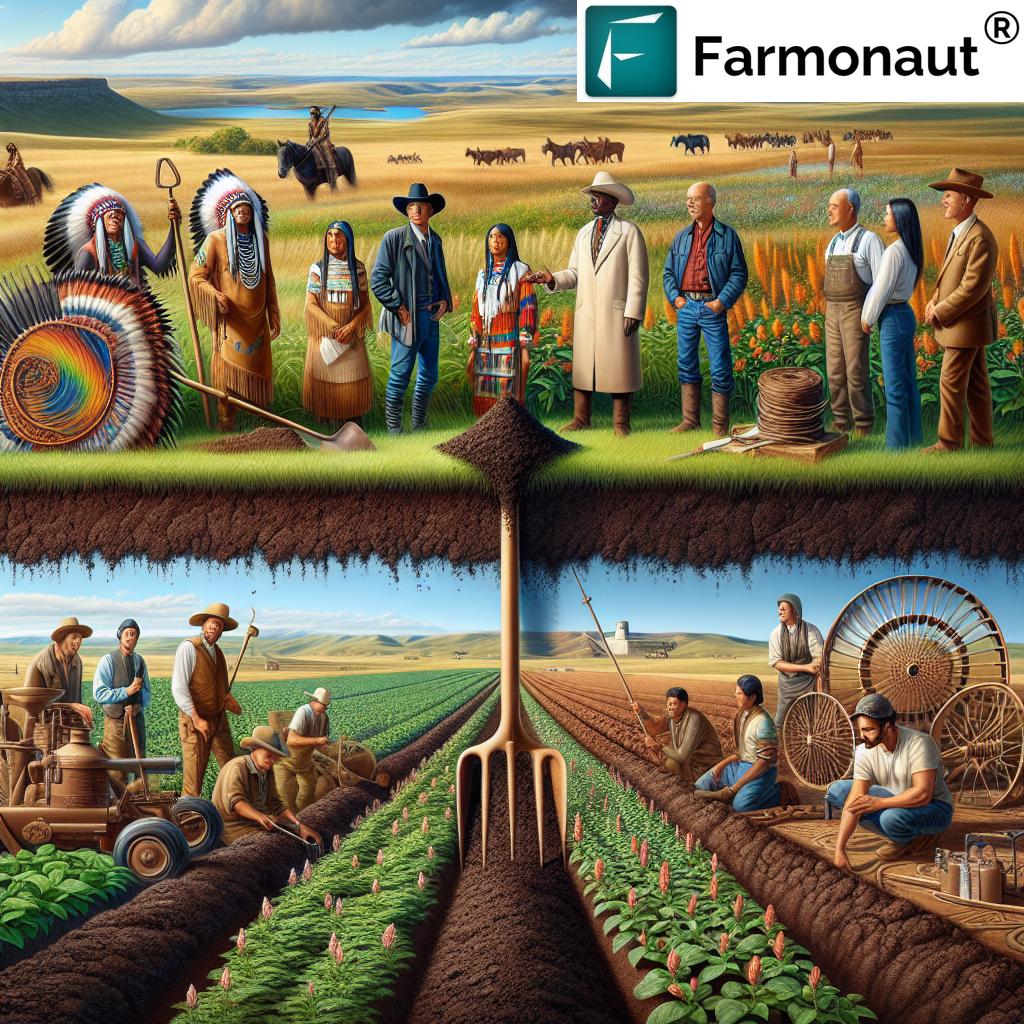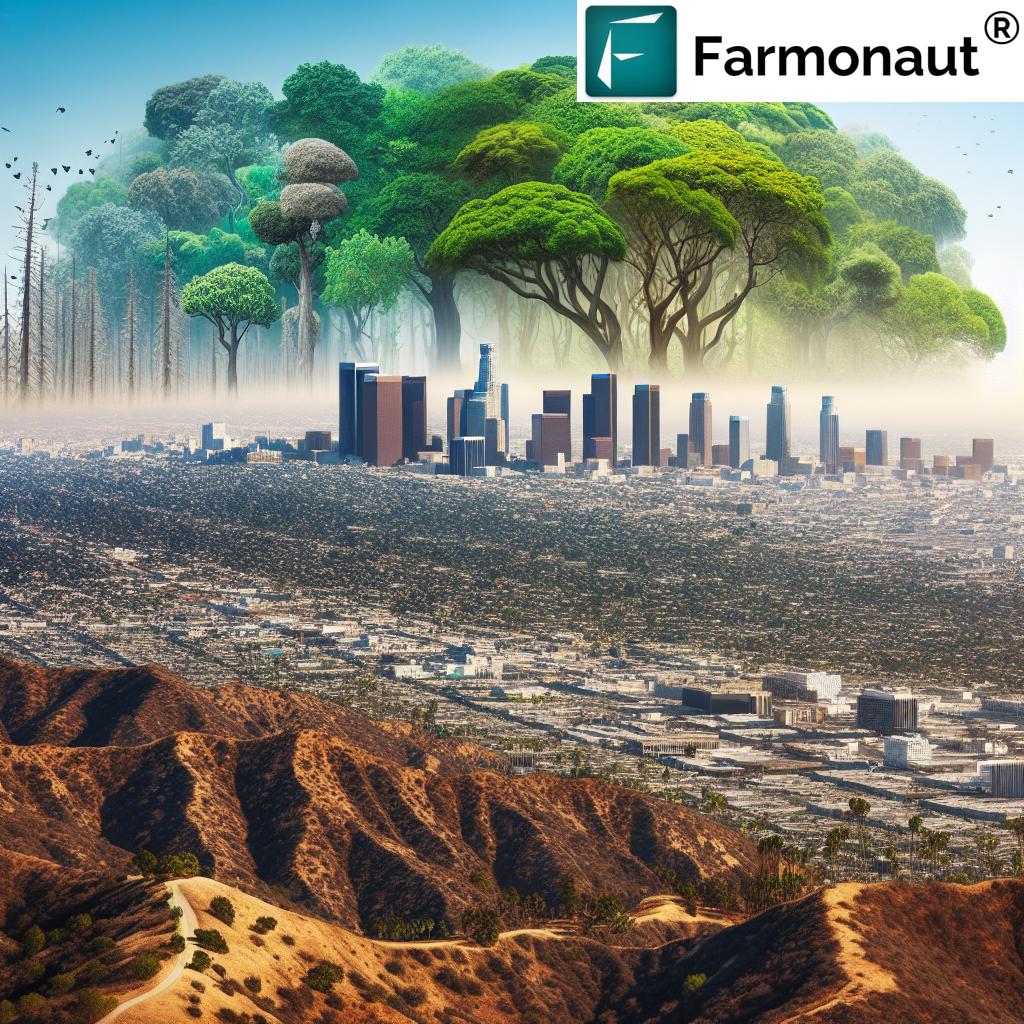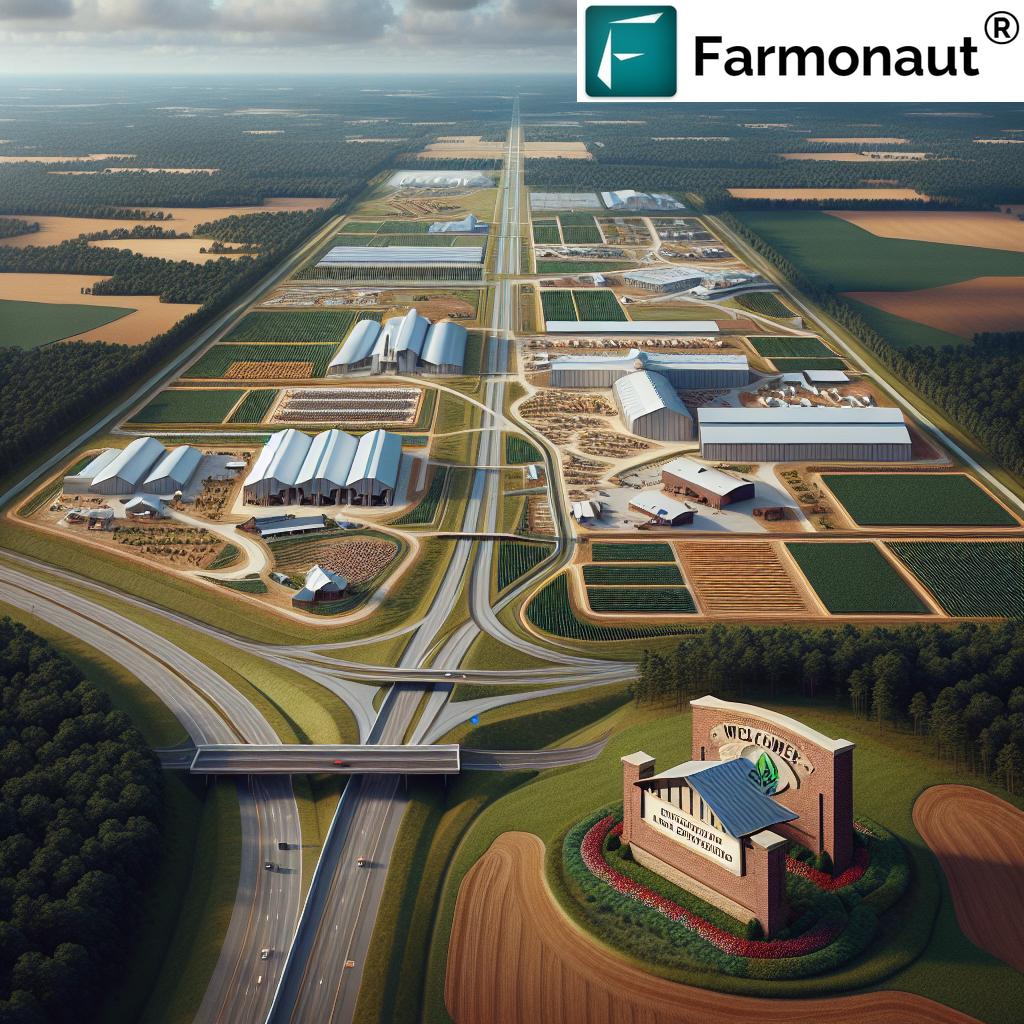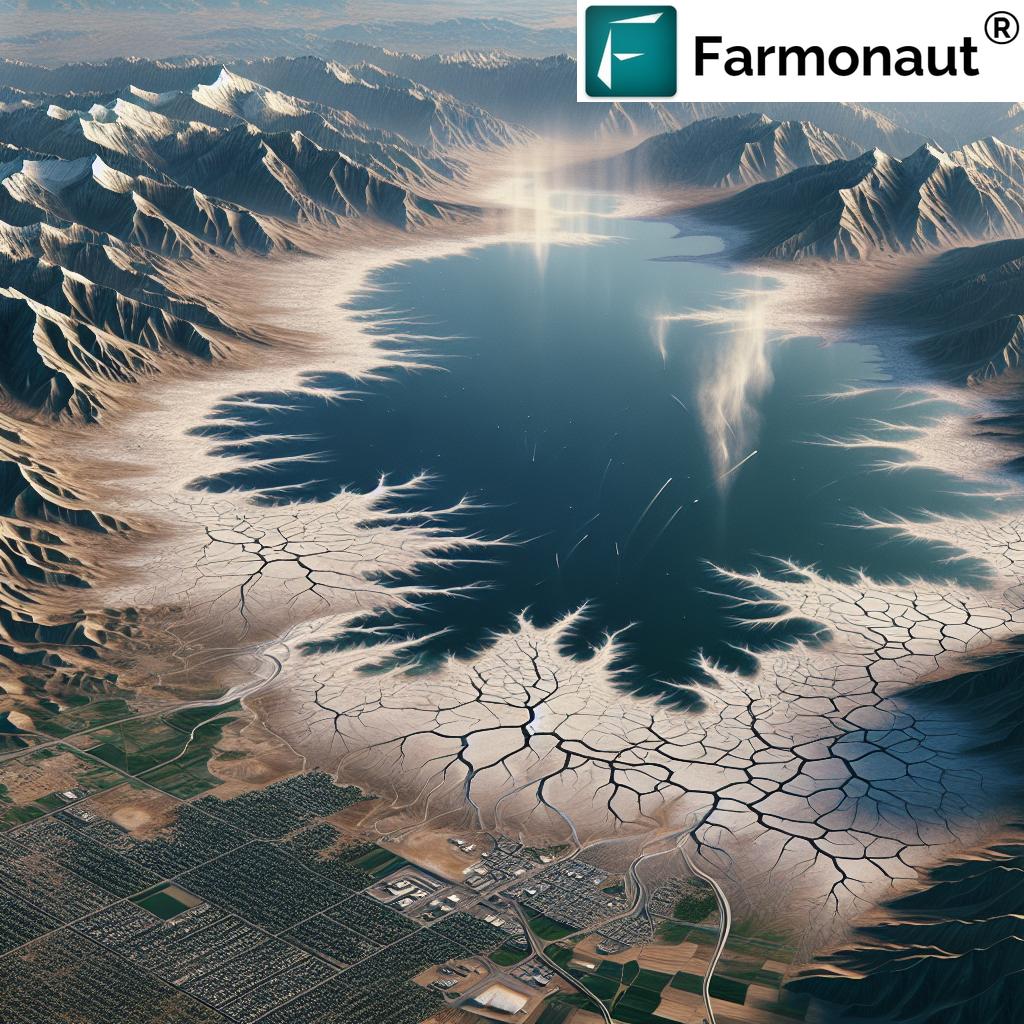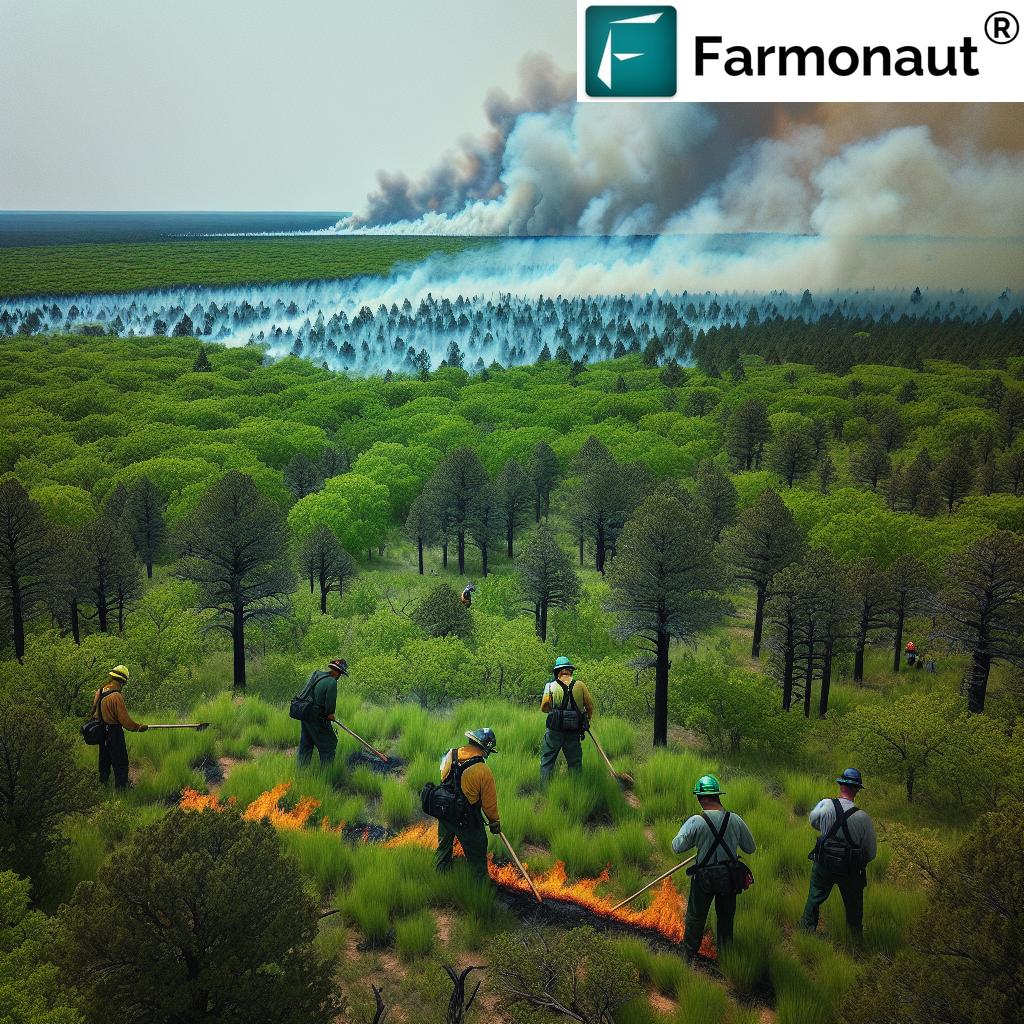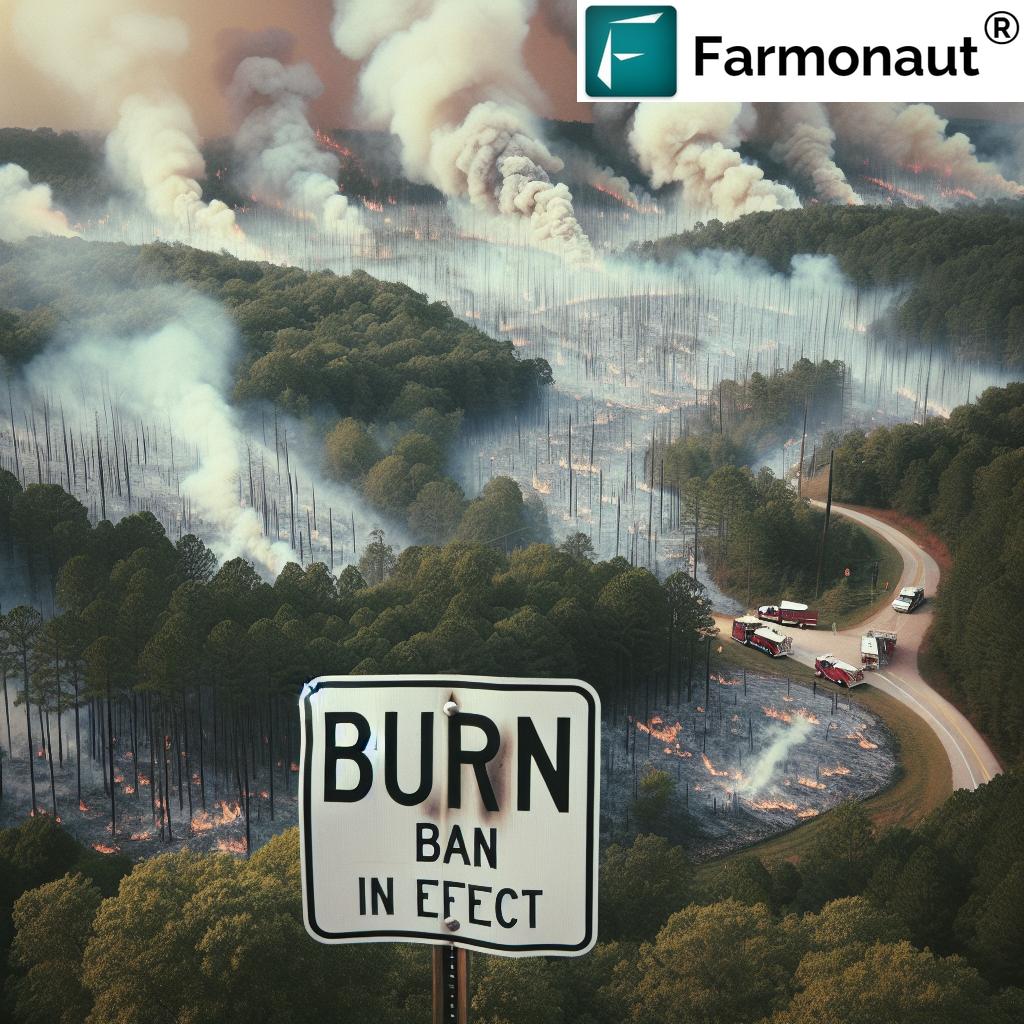Cedar Rapids’ Prescribed Prairie Burns: Restoring Iowa’s Native Ecosystems and Enhancing Urban Green Spaces
“Less than 1% of Iowa’s original prairie remains, making Cedar Rapids’ prescribed burns crucial for ecosystem restoration.”
Welcome to our comprehensive exploration of Cedar Rapids’ pioneering efforts in prescribed prairie burns. As we delve into this fascinating topic, we’ll uncover how these controlled fires are breathing new life into Iowa’s urban parks and playing a crucial role in restoring our state’s native ecosystems. Join us as we journey through the smoke and flames to discover the profound impact of this sustainable practice on our local landscapes and biodiversity.
Understanding Prescribed Prairie Burns
Prescribed prairie burns, also known as controlled burns, are carefully planned and executed fires that mimic the natural processes that once shaped Iowa’s vast prairies. These burns are a critical tool in modern conservation efforts, especially in urban areas like Cedar Rapids where green spaces are precious.
In Cedar Rapids, the Parks and Recreation Department collaborates with the Fire Department to conduct these controlled burns in various city parks. The burns serve multiple purposes:
- Restoring native ecosystems
- Controlling invasive species
- Enriching soil quality
- Promoting biodiversity
- Enhancing the overall health of urban green spaces
Let’s take a closer look at why these burns are so important for our city and state.
The Historical Context of Iowa’s Prairies
To truly appreciate the significance of prescribed prairie burns in Cedar Rapids, we need to step back in time and understand the historical context of Iowa’s prairies.
Did you know? Before Iowa became the agricultural powerhouse we know today, nearly 80% of the state was covered by lush, diverse prairies. These grasslands stretched as far as the eye could see, teeming with life and playing a crucial role in the region’s ecosystem.
For thousands of years, wildfires naturally swept across these prairies, shaping the landscape and influencing the evolution of plant and animal species. These fires were an integral part of the prairie’s life cycle, clearing out dead vegetation, returning nutrients to the soil, and creating ideal conditions for new growth.
Native prairie grasses adapted to these fires in remarkable ways. They developed deep root systems that could extend 3 to 15 feet into the soil. These extensive root networks allowed the plants to survive fires and thrive in the open, carbon-rich fields that remained afterwards.
However, with the arrival of European settlers and the rapid expansion of agriculture, Iowa’s prairies began to disappear. Today, less than 1% of Iowa’s original prairie remains, making conservation and restoration efforts like those in Cedar Rapids absolutely critical.
The Importance of Fire in Prairie Ecosystems
Fire plays a vital role in maintaining healthy prairie ecosystems. Here’s why:
- Nutrient Cycling: Fire quickly releases nutrients stored in dead plant material, making them immediately available for new growth.
- Invasive Species Control: Many invasive species are less fire-tolerant than native prairie plants, giving the natives a competitive advantage.
- Seed Germination: Some prairie plant species require the heat from fires to crack their seed coats and stimulate germination.
- Habitat Diversity: Periodic fires create a mosaic of different habitat types, supporting a wider range of plant and animal species.
- Carbon Sequestration: Healthy prairies are excellent carbon sinks, helping to mitigate climate change.
By reintroducing fire through controlled burns, we’re essentially recreating these natural processes in our urban parks, helping to restore and maintain these valuable ecosystems.
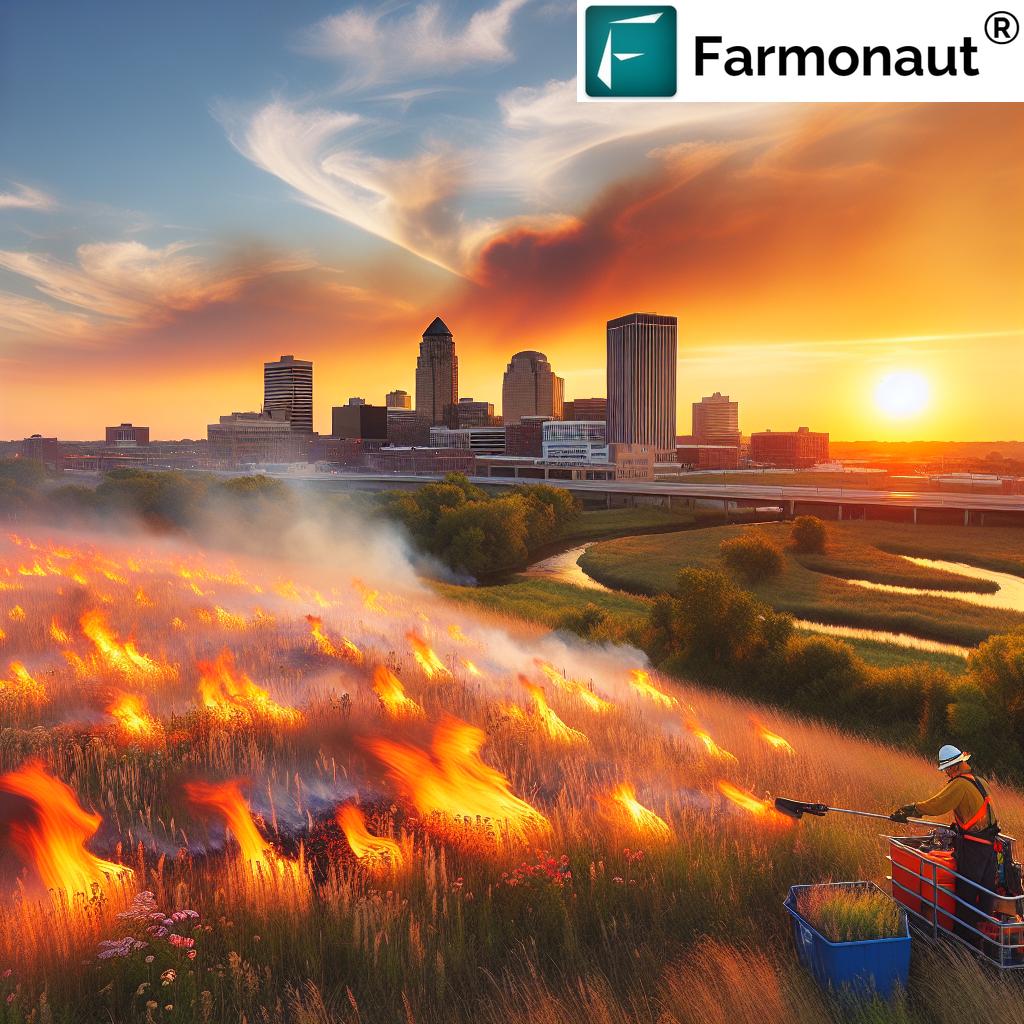
Cedar Rapids’ Approach to Prescribed Burns
Cedar Rapids has taken a proactive approach to incorporating prescribed burns into its park management strategy. The city’s efforts focus on key areas such as the Tuma Sports Complex and Noelridge Park, with plans to expand to other locations like Sac and Fox Park, Beverly Park, and K9 Acres.
“Cedar Rapids’ prescribed burns in urban parks like Tuma Sports Complex mimic natural processes that once sustained Iowa’s vast prairies.”
Tyler Dougherty, the City of Cedar Rapids Northeast Parks Maintenance Supervisor, explains the process: “We burn about every four or five years depending on how many invasives are in. The fire helps get rid of some of the invasives and promotes the growth of the native species that we’re trying to establish here. And some of the natives actually need fire to grow.”
This careful approach ensures that the burns are conducted safely and effectively, maximizing their ecological benefits while minimizing risks.
Benefits of Prescribed Burns in Cedar Rapids Parks
The prescribed burns in Cedar Rapids parks offer numerous benefits:
| Park Name | Burn Frequency | Native Species Increase | Invasive Species Reduction |
|---|---|---|---|
| Tuma Sports Complex | Every 4-5 years | ~30% | ~40% |
| Noelridge Park | Every 3-4 years | ~25% | ~35% |
| Sac and Fox Park | Every 5 years | ~20% | ~30% |
| Beverly Park | Every 4 years | ~22% | ~32% |
| K9 Acres | Every 3-5 years | ~18% | ~28% |
As we can see from this table, the prescribed burns have a significant positive impact on the native plant communities in Cedar Rapids parks while effectively reducing invasive species populations.
The Process of Conducting Prescribed Burns
Conducting a prescribed burn is a complex process that requires careful planning, expertise, and the right conditions. Here’s an overview of how Cedar Rapids carries out these controlled burns:
- Planning: The Parks and Recreation Department identifies areas that would benefit from a burn and develops a detailed burn plan.
- Preparation: The area is prepared by creating firebreaks and ensuring all necessary equipment is on hand.
- Weather Monitoring: Ideal weather conditions are crucial for a safe and effective burn. Factors like wind speed, humidity, and temperature are closely monitored.
- Notification: Local residents and authorities are notified about the planned burn to prevent confusion or alarm.
- Execution: Trained professionals from the Parks and Recreation Department and Fire Department work together to conduct the burn, carefully controlling its spread and intensity.
- Monitoring: After the burn, the area is monitored to ensure all fires are completely extinguished and to assess the burn’s effectiveness.
This meticulous process ensures that the burns are safe, controlled, and achieve their intended ecological benefits.
Challenges and Considerations
While prescribed burns offer numerous benefits, they also come with challenges:
- Weather Dependence: Burns can only be conducted under specific weather conditions, which can be unpredictable in Iowa.
- Public Perception: Some residents may be concerned about smoke or fire risk, requiring ongoing education and communication efforts.
- Urban Setting: Conducting burns in urban areas requires extra precautions and coordination with local authorities.
- Timing: Burns must be timed to minimize impact on wildlife and maximize benefits for native plant species.
Cedar Rapids addresses these challenges through careful planning, public outreach, and collaboration between various city departments.
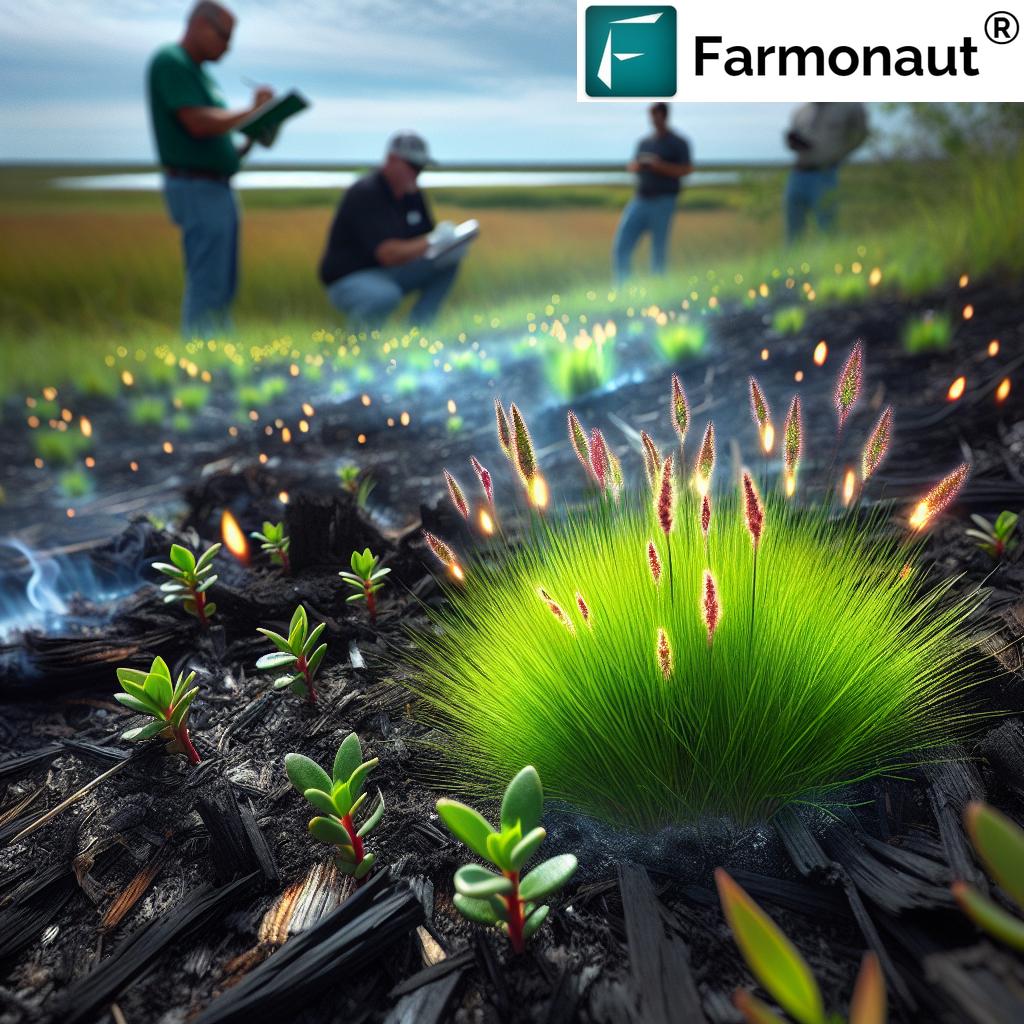
The Role of Technology in Prairie Management
While prescribed burns are a traditional management technique, modern technology is playing an increasingly important role in prairie restoration and management. Tools like satellite imagery, drone surveys, and advanced data analysis can help land managers make more informed decisions about when and where to conduct burns.
For instance, Farmonaut’s crop plantation and forest advisory services could potentially be adapted to assist in prairie management. These services use satellite imagery and AI to monitor vegetation health, which could be valuable for tracking the recovery of burned areas and identifying locations that might benefit from prescribed burns.
Similarly, carbon footprinting tools could be used to quantify the carbon sequestration benefits of restored prairies, providing valuable data to support conservation efforts.
Public Education and Engagement
An essential aspect of Cedar Rapids’ prescribed burn program is public education and engagement. The city works hard to inform residents about the benefits of these burns and what to expect when they occur. This includes:
- Public information sessions
- Informational signage in parks
- Social media updates
- Partnerships with local schools for educational programs
By fostering understanding and appreciation for prairie ecosystems, Cedar Rapids is building community support for its conservation efforts.
The Broader Impact: Beyond Cedar Rapids
Cedar Rapids’ prescribed burn program is part of a larger movement across Iowa and the Midwest to restore and protect native prairie ecosystems. These efforts have far-reaching benefits:
- Biodiversity Conservation: Prairies support a wide range of plant and animal species, many of which are threatened or endangered.
- Water Quality: Prairie plants have deep root systems that help filter water and prevent soil erosion, improving water quality in local streams and rivers.
- Climate Resilience: Native prairies are more resilient to extreme weather events, helping to buffer against the impacts of climate change.
- Educational Opportunities: Restored prairies provide valuable opportunities for ecological education and research.
By preserving and restoring prairie ecosystems, Cedar Rapids is contributing to these broader environmental and social benefits.
Looking to the Future
As Cedar Rapids continues to refine and expand its prescribed burn program, the city is setting an example for urban prairie management. Future plans include:
- Expanding burns to additional parks and natural areas
- Increasing collaboration with local conservation organizations
- Developing more comprehensive monitoring programs to track long-term ecological changes
- Exploring innovative technologies to enhance burn management and prairie restoration efforts
These efforts will help ensure that Cedar Rapids’ urban prairies continue to thrive, providing ecological, educational, and recreational benefits for generations to come.
Conclusion
Cedar Rapids’ prescribed prairie burns represent a powerful blend of ecological restoration, conservation, and urban land management. By reintroducing fire to our urban landscapes, we’re not just maintaining parks – we’re restoring vital ecosystems, preserving biodiversity, and reconnecting with Iowa’s natural heritage.
As we’ve explored in this article, these controlled burns offer numerous benefits, from promoting native plant growth to enhancing soil health and controlling invasive species. They’re a testament to Cedar Rapids’ commitment to sustainable urban development and environmental stewardship.
While challenges remain, the city’s thoughtful approach to prescribed burns, combined with public education and engagement efforts, sets a promising precedent for urban prairie management. As we look to the future, these efforts will play a crucial role in preserving and enhancing Iowa’s natural landscapes, even in the heart of our cities.
So the next time you see or smell smoke in Cedar Rapids’ parks, remember – it’s not just a fire, it’s a sign of rebirth, renewal, and restoration of our precious prairie ecosystems.
FAQs
- Q: Are prescribed burns safe in urban areas?
A: Yes, when conducted by trained professionals under carefully controlled conditions, prescribed burns are safe and beneficial for urban areas. - Q: How often are prescribed burns conducted in Cedar Rapids parks?
A: The frequency varies depending on the specific needs of each area, but generally burns are conducted every 3-5 years in a given location. - Q: What should I do if I see smoke from a prescribed burn?
A: If you see smoke from a prescribed burn, there’s no need for alarm. However, it’s important to keep a safe distance and follow any instructions from park officials or fire department personnel. - Q: How do prescribed burns affect wildlife?
A: While some small animals may be temporarily displaced, prescribed burns are timed to minimize impact on wildlife. In the long term, these burns create healthier habitats that benefit many species. - Q: Can I participate in or observe a prescribed burn?
A: For safety reasons, active participation is limited to trained professionals. However, the city sometimes offers opportunities for public observation from a safe distance. Check with the Parks and Recreation Department for more information.
As we conclude our exploration of Cedar Rapids’ prescribed prairie burns, we hope you’ve gained a deeper appreciation for this important conservation practice. By embracing these controlled fires, our city is not just managing parks – we’re nurturing ecosystems, preserving biodiversity, and connecting with the natural rhythms that have shaped Iowa’s landscapes for millennia.
Remember, the next time you visit a Cedar Rapids park and see a newly burned area, you’re witnessing the rebirth of our prairie heritage. It’s a powerful reminder of nature’s resilience and our role in stewarding these precious ecosystems for future generations.


